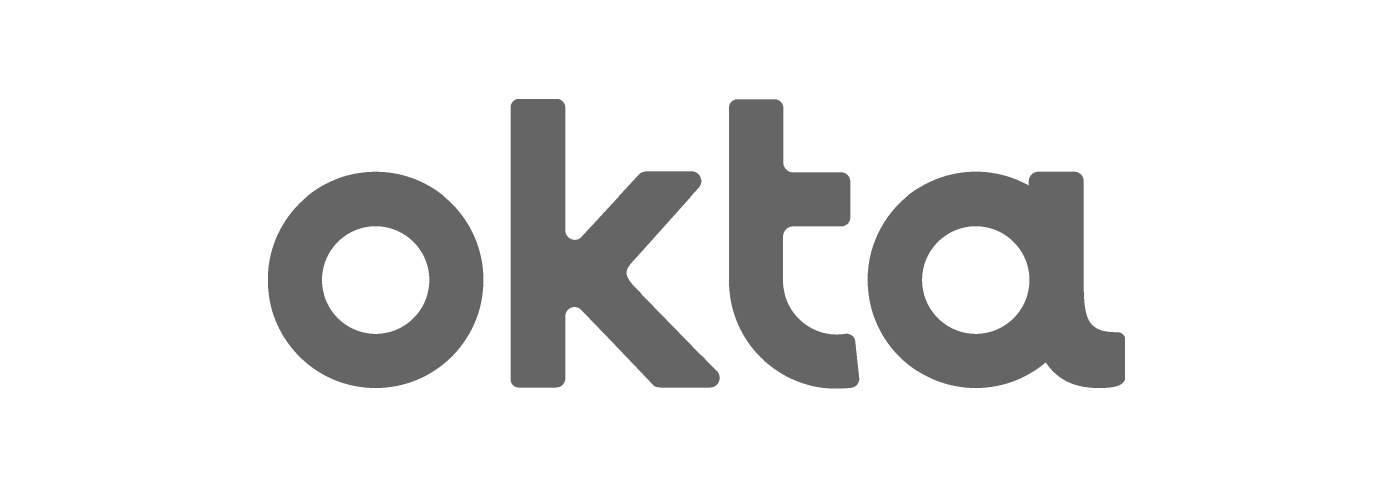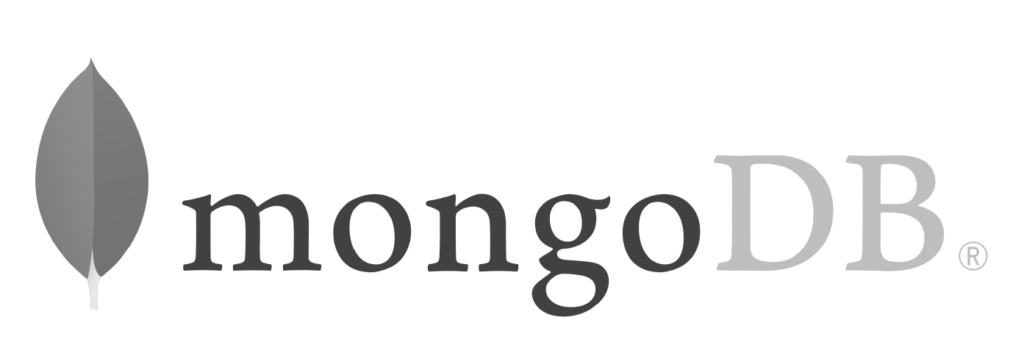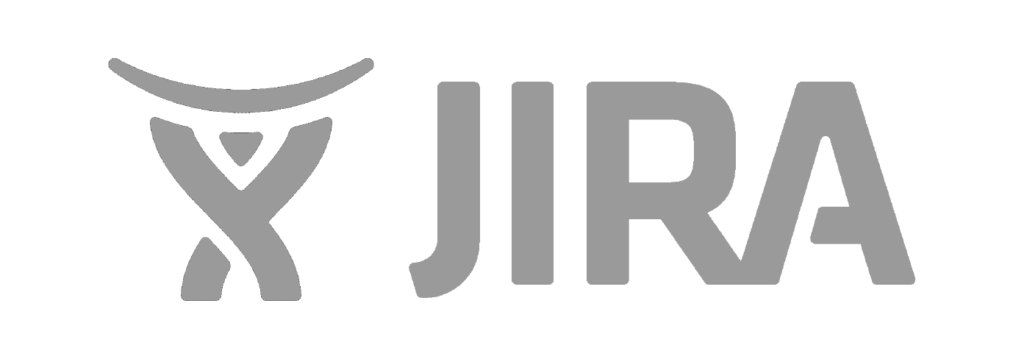
Celestix Networks, Inc.
Americas: +1 510 668 0700
EMEA : +44 20 3900 3737
Asia : +65 6958 0822
Japan : +81 3 5210 2991

Device Binding is a feature that allows IT administrators to review and approve or reject new devices before they can access enterprise applications or servers using the Zero Trust Access solution. This will ensure that only trusted devices upon approval are given access to enterprise resources.
Zero Trust framework suggests only user authentication is not helpful for secure access. Device authentication is another key additional layer to ensure secure access.
The AD configurations can be feeded to the Controller Admin Control panel. The controller will reach out to the on-premises or Cloud based AD or Azure AD server for each of the user authentication.
The domain server will be hosted on a private network and won’t be reachable to the internet. Controller will access the AD through the gateway.
LDAP is a protocol used by AD for the operation. There are other domain services too that are using the same protocol.
LDAP is a way of speaking to Active Directory. LDAP is a protocol that many different directory services and access management solutions can understand. The relationship between AD and LDAP is much like the relationship between Apache and HTTP:
InstaSafe integrates seamlessly with every internal applications, databases, and cloud






Celestix Instasafe MFA, powered by the Authenticator Application supports and complements InstaSafe’s other Zero trust capabilities

Celestix Networks, Inc.
Americas: +1 510 668 0700
EMEA : +44 20 3900 3737
Asia : +65 6958 0822
Japan : +81 3 5210 2991